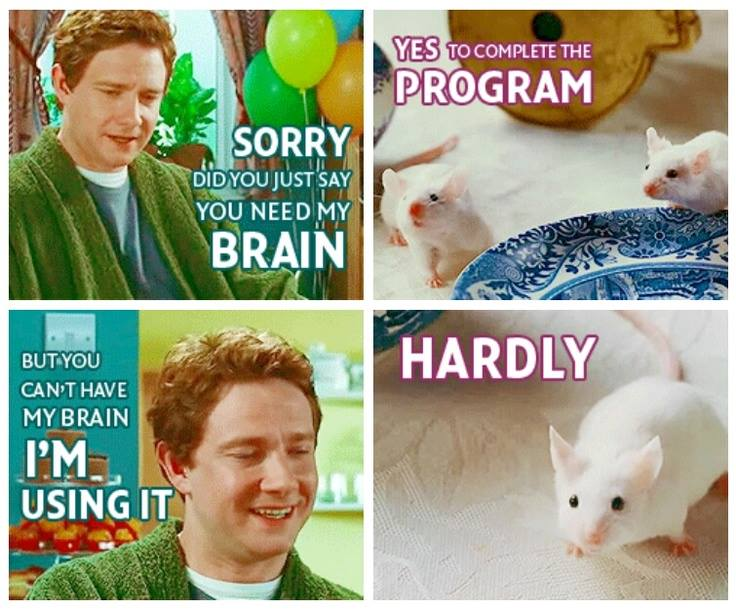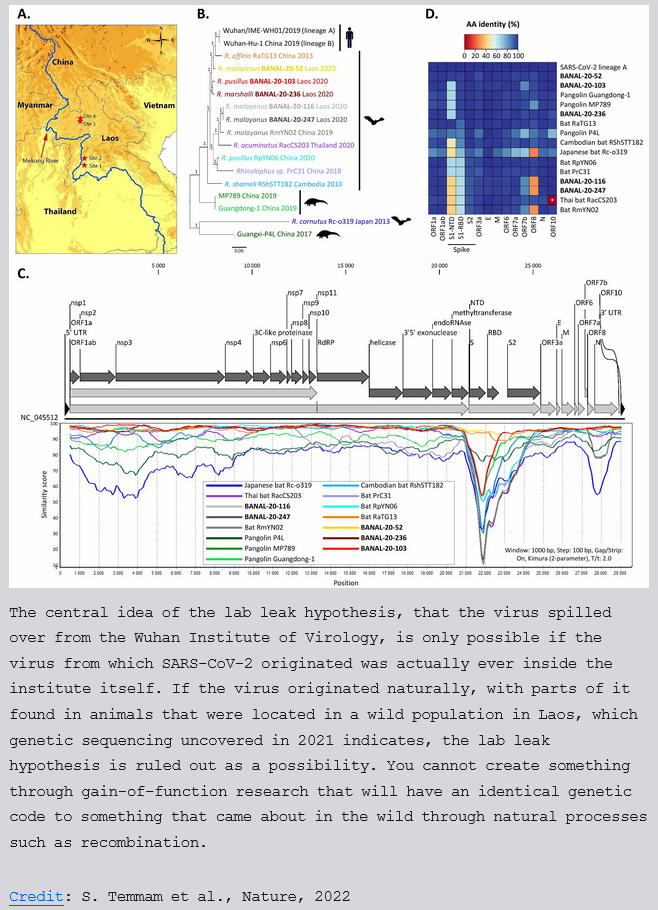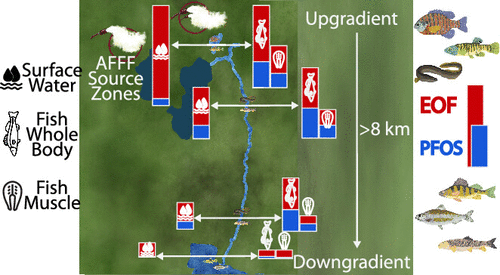vegan science area 📖
26 readers
1 users here now
Psychology, nutrition, anthropology and so on.
Mandatory posting format:
-
If the post is news/YouTube/chart, there must be a comment or description text with papers.
-
If the post is a paper, there should be some general audience summary for the paper (text or link)

founded 7 months ago
MODERATORS
1
2
3
4
5
4
Zoonotic diseases on the rise in the EU: listeriosis cases hit highest levels since 2007
(www.efsa.europa.eu)
6
7
8
10
11
12
13
14
15
16
17
18
19
20
21
22
1
23
24
25
view more: next ›


